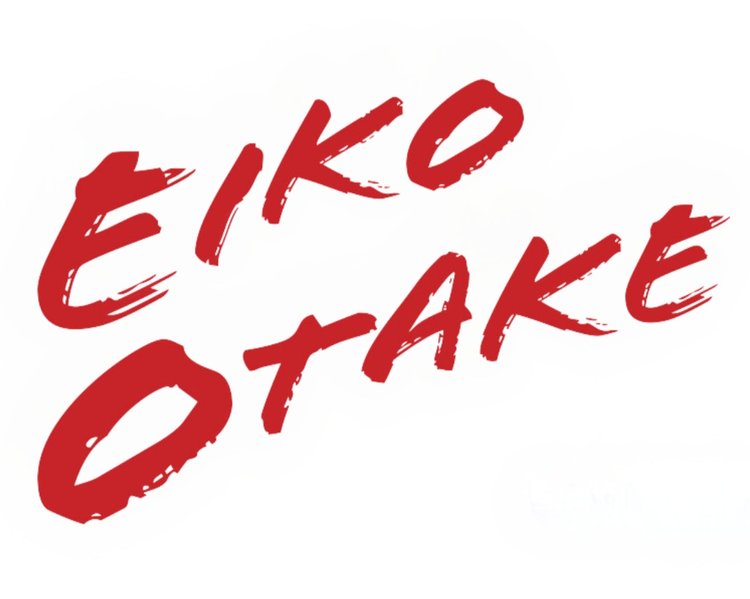A Body in a Cemetery (2020)
15 minutes 18 seconds
Read reviews of A Body in a Cemetery in the New York Times, Vulture, and GARAGE Magazine.
Read a conversation between Eiko Otake and Allison Hsu on A Body in a Cemetery on Critical Correspondence.
August 2019. I was invited to perform at the Cemetery long before the pandemic started.
You can’t really come to the cemetery and not think about death or the people who have died. And that’s a good thing to think about. We know more about living. But we all die.
I have thought about death as long as I can remember, first as a child and later as an artist. It is hard to know about death because by the time I die, I might not know what is happening. When a death is completed, I will not be here to feel my non-existence.
In many pieces I perform the act of dying. I thought that performing was my practice of dying. But the practice of dying is not dying. We learn about death by attending to other people’s dying.
The pandemic has made death closer to us, but not in a way we can attend to other people’s dying. My mother died before the pandemic. She had a good death. I am sorry for the people who die when so many people also die.
But we also learn about death by missing the dead.
September 2020. The Green-Wood Cemetery is now my working place. Every day the ups and downs of the landscape, the shadows of trees and graves that the setting sun casts, and the names on tombstones—some faded, some new—become more familiar.
Personally, I knew no one among the 560,000 dead the cemetery holds. I did not know how my body would relate to this particular, large-scale cemetery. That changed once I began working in the cemetery.
New dirt is brought in, a new grave is dug. New dead are placed among the older dead. Mourners arrive. Flowers are placed, wilt, and are cleaned up. This is a working cemetery witnessing a new surge of the dead. I breathe in the air of the dead, the fall, and the flowers. I pronounce the names of the people buried and cremated there, some a short time ago, many a long time ago. I tell myself that we should not forget those whose graves were never built.
Usually, my rehearsals are no more than a process of choreography, a preparation toward the performance. It is not so in the cemetery.
Dancing with no audience, I am aware that my walk into the site is not the practice of approaching the audience. I am walking among the dead. I imagine myself on a day when the audience will be here, only to realize that the graves would be so much closer to me than the audience members. While the sun shifts shadows, leaves have already been changing colors. But the dead remain dead, a sure existence of their non-existence.
This is my performance for the dead.

